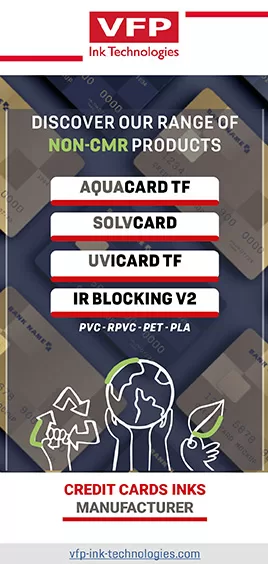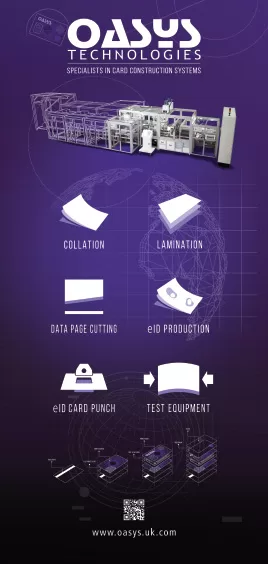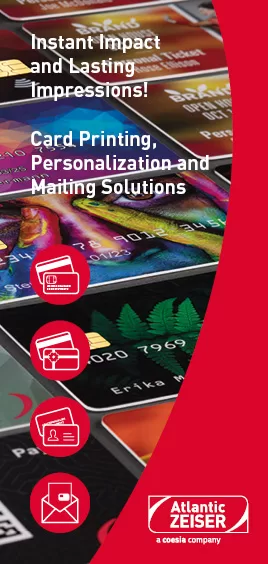
by Jennifer Kohlhepp | CM Magazine Featured
Changes in Financial Card Personalization
 By Dave Tushie, Magellan Consulting, Inc., ICMA Standards and Technical Representative
By Dave Tushie, Magellan Consulting, Inc., ICMA Standards and Technical Representative
Many years ago, at the dawn of machine-readable card personalization, standards were introduced to guarantee electronic transactions could be processed accurately and globally. These standards controlled the placement of the data on the card, the format of the data and to a lesser degree the other non-transaction data required for security elements, issuer identity, customer service and marketing promotions. As I have noted many times, the card market tends to be evolutionary where changes are introduced slowly and rarely obsolete legacy features. Looking at today’s environment, the brands seem to be more flexible in approving many requests for new data placement on the card as well as the materials of construction of the card body itself. It seems like just a few years ago common industry vernacular referred to the “plastic card market.” However, today millions of metal and metal composite cards have been issued and used successfully. The unusual characteristic of the use of metal in these cards is not that it is different but rather that it has had such a rapid growth. Plastic card manufacturing processes, developed and perfected over years of commonality, needed rapid adaption and changeover to be viable.
The core personalization data on the card remains the same but its placement and the technology used to personalize the card has had to adapt to changing requirements as well. Reviewing several newly issued cards shows the account number (PAN) on either the front or the back of the card. This same flexibility was also true of the cardholder’s name. It seemed that each issuer had a different idea as to the importance of a particular data element. Marketing—striving for the most effective data layout—has chosen to highlight their “messaging” and print it as a single word, or phrase, on the front of the card letting the back of the card carry all the physical data elements required for successful transactions. And, with EMV now a worldwide implementation, all of the logical data elements must be encoded into the secure chip on the card by either contact or contactless means.
To make this all happen, the personalization equipment must be flexible. This flexibility must include the setup time required to configure the job and the setup time required to convert it to the layout required by the next personalization job in the queue.
Some of the recent features in personalization flexibility were made possible by the advent and integration of Drop-on-Demand (DOD) printing into the card personalization process. Emboss data can be augmented with printed data. Additionally, it’s now possible to provide flat card personalization anywhere on the card. As marketing requirements change, DOD printing supports the change process and executes these changes quickly by virtue of its high-speed print capability. Further, as marketing generates new requirements for graphical images, they can be integrated into the personalization process with minimal impact on the workflow.
These flexibility driven changes clearly identify the fact that card personalization continues to evolve as card design and card body construction advances. Other technologies can be projected to have increasing influence as this evolution progresses. Laser engraving enhanced by color laser technology is one such area in secure card personalization that is undergoing considerable development.
More changes are certain to come. This industry will continue to innovate with its card design and materials of construction. Issuers continue to search for card features and functionality that enhance their consuming desire for “top of wallet” position in their cardholder’s wallets and purses. Personalization will continue to adapt as these innovations are implemented and adopted.
About the Author: David Tushie, ICMA standards and technical representative, has had a long and continuing career in the card industry, working for international companies such as DataCard, UbiQ and NBS Technologies. He has master’s degrees in engineering and business, holds U.S. and international patents in measurement and card issuance systems and has had several years of involvement with the ANSI, INCITS and ISO Standards process. ICMA is represented at six ISO and ANSI Standards Meetings through Tushie’s standards role within the association.






